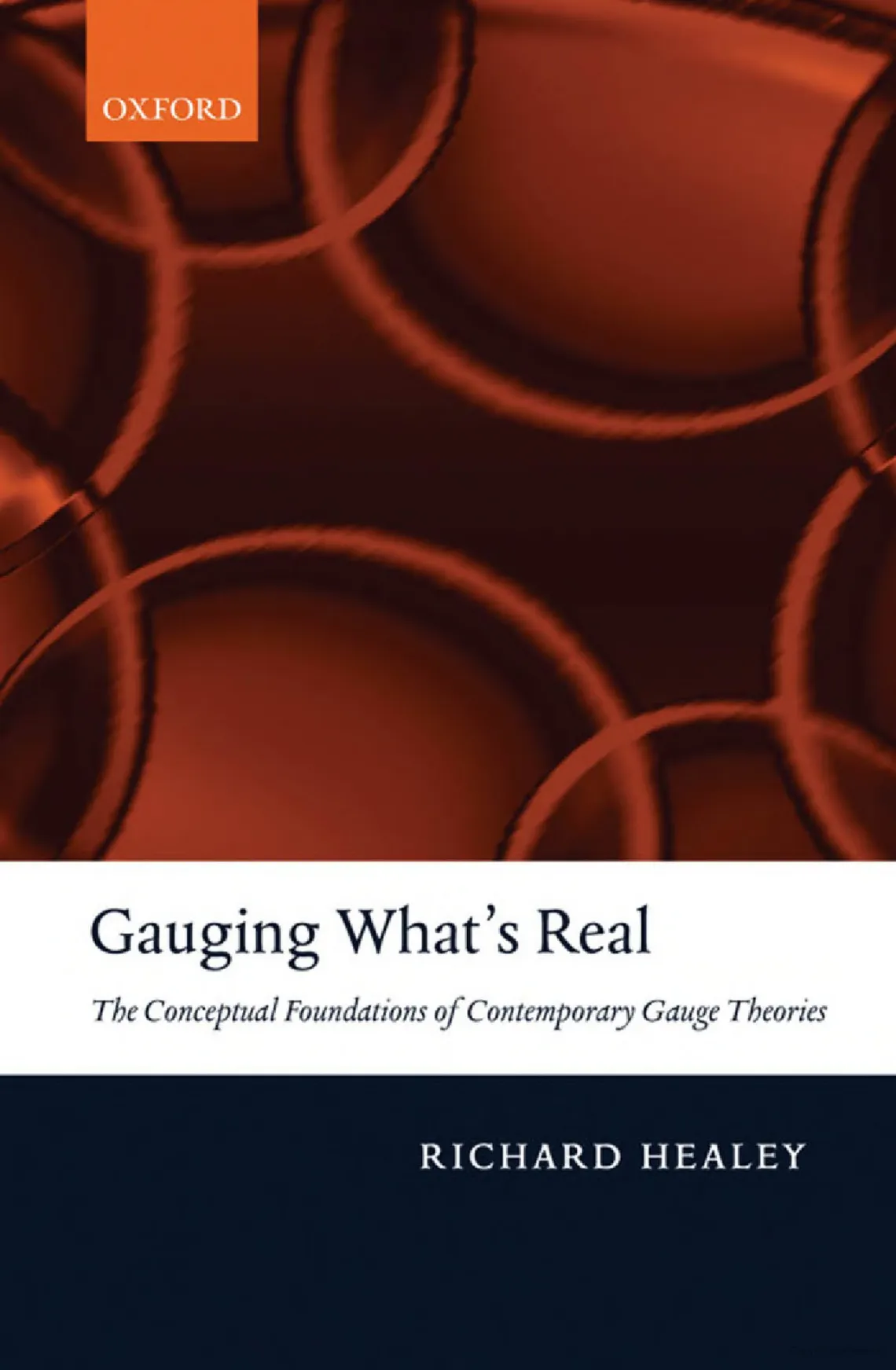
From the publisher:
Gauge theories have provided our most successful representations of the fundamental forces of nature. How, though, do such representations work? Interpretations of gauge theory aim to answer this question. Through understanding how a gauge theory's representations work, we are able to say what kind of world our gauge theories reveal to us.
A gauge theory's representations are mathematical structures. These may be transformed among themselves while certain features remain the same. Do the representations related by such a gauge transformation merely offer alternative ways of representing the very same situation? If so, then gauge symmetry is a purely formal property since it reflects no corresponding symmetry in nature.
Gauging What's Real describes the representations provided by gauge theories in both classical and quantum physics. Richard Healey defends the thesis that gauge transformations are purely formal symmetries of almost all the classes of representations provided by each of our theories of fundamental forces. He argues that evidence for classical gauge theories of forces (other than gravity) gives us reason to believe that loops rather than points are the locations of fundamental properties. In addition to exploring the prospects of extending this conclusion to the quantum gauge theories of the Standard Model of elementary particle physics, Healey assesses the difficulties faced by attempts to base such ontological conclusions on the success of these theories.
Award:
Winner of the 2008 Lakatos Award for Outstanding Contribution to the Philosophy of Science

